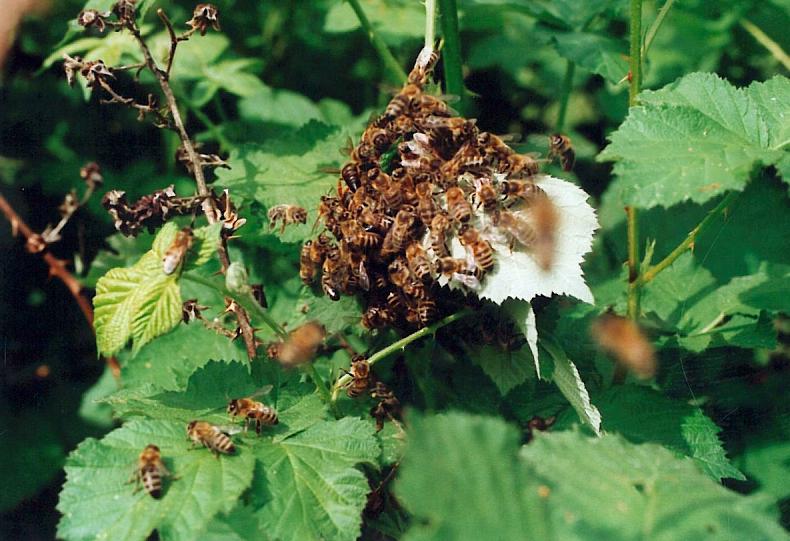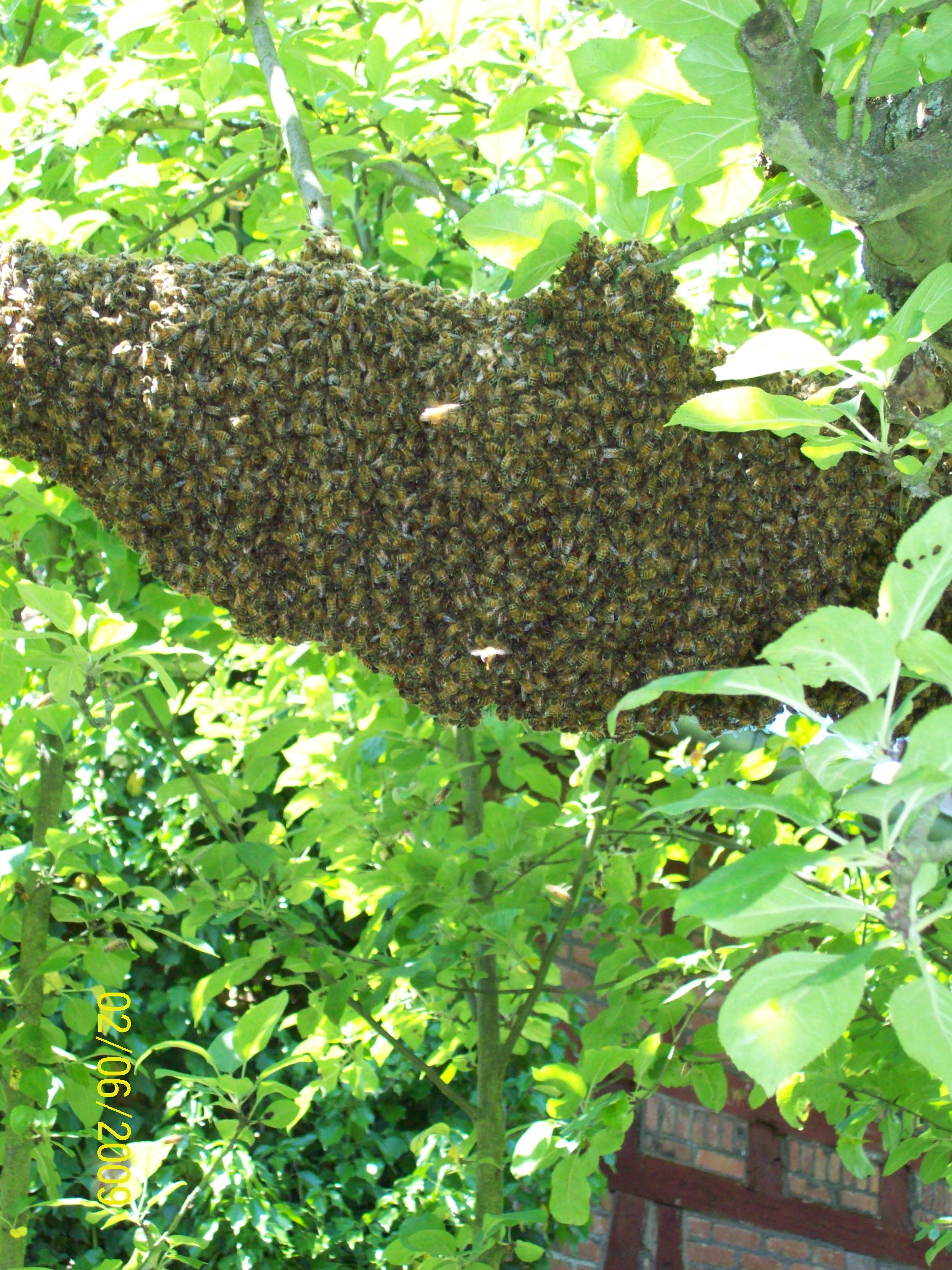



Sign
up for bee-therapy | Beauty-cure
| Anti-aging | Infertility
| Cancer
of the breast | Hashimoto-Thyreoiditis
|
Crohn's disease
Rheumatism
| Juvenile idiopathic
arthritis | Heart
diseases | Arteriosklerosis
| MS |
Diabetes
| Neurodermitis
| Obesity |
Depression
and Psychosis
Allergies
| Alzheimer
/ Parkinson | Diseases
of the kidneys | Pancreas
| how
to improve fitness of the body
Propolis
| Beeswax | Royal
Jelly | Organic Honey |
Comb
in the Comb | Raw Honey
| Organic Beekeeping
Basic Course
Expertise
| Courses | Home
| Research | Save
Beecolonies-Bienenpatenschaft | Certification
| Training Apitherapy
Apitherapy As Social Medicine
- Sound Education And Beekeeping
Methods As Basis For Apitherapy
- Abstract -
More and more it becomes necessary
to learn about the wider implications of health and illness regarding the
bees as well as Man; in this issue it is turned out a lack of consequence
in Apitherapy and why this kind of medicine referrs as a rule to reductionistic
point of views - in contrast to real social medicine. Factors are turned
out which makes colonies weaker and weaker and with that also the quality
of products for Apitherapy. Factors which makes colonies weaker and weaker
and with that also the quality of products for Apitherapy:
· What about location of bee colonies (intensive agriculture,
industrial, traffic areas)?
· What about modern breeding methods (including grafting, artificial
insemination and wing clipping)?**
· Giving foreign, already mated queens to the colony.
· What about the use of hives made of plastic or wood with glue
inside (plywood and other), materials used for painting hives?
· What about sugar feeding, (not to mention pollen substitutes
which contain antibiotics)?
· What about giving plastic foundations, plastic combs or even
foundations, made of heated beewax, to bees?*
· What about excessive manipulations like changing broodcombs
or moving the entrance to another part of the hive?
· Breeding and keeping beeraces from other areas.
· Migrating in other landscapes.
· What about Insecticides („Gaucho"), air and water pollution
(heavy metals, radioactivity)?
· What about the constantly dwindling variety and quantity of
wild flowers?
· What about the effect of genetically engineered pollen (rape,
maize, soy and others)?
What we also need to consider is the influence of education in early
childhood on illnes. Many kinds of illnes got their predisposition already
in early childhood. Especially education nowadays, educational theory,
teaching ability are laying the foudation stone of several diseases. For
instance children learning too much by heart in school will get a hardening
of their brains; throughout the whole life the brain will not be able to
work properly, because of hardening. There is also a connection between
wrong educational methods and diabetes turning out later. Children need
to be educated in that way, they are not getting like an old man/woman
from early childhood onward. So in school they need to start with those
things, being natural for them and they are interested in.
There will be an issue on social medicine in former times and today;
on book/CD reviews, for instance new CD on Apitherapy, edited by
Prof.dr. Theodore Cherbuliez, President of APIMONDIA Standing Commission
of Apitherapy, together with his international team, publications by Dr.
Stefan Stangiaciu.
(More articles on social medicine and Apitherapy in recent issues of
Apiculture)
___________
*)
More information and address source for Bee-produce from beekeeping
considering the character of bees - for instance: comb honey with
natural cristalization (not heated) and honey from natural combs
(neither extracted nor stirred nor heated before filling) as well as pure
beewax without residuals under :
List
of beeproduce
Centre
for social Medicine and Natural Apitherapy
Centre
for Ecological Apiculture.
Beekeeping
courses (practical and distance) in the Centre for Ecological Apiculture:
start now with ecological top-bar-beekeeping for beginners!!
**)
see also "Apicultural
Review Letters I"
Notes and literature
see full version
Full version in: Apiculture
Volume 1 Issue 4/2002
Copyright
© Centre for Natural Apitherapy | Michael Thiele College of Alternative
Medicine and Bee Therapy | Natural Apitherapy Research Centre

